Ukraine‘s cutting-edge Drone Technology is revolutionizing the battlefield, offering new ways to counter Russia‘s military advantages. According to a recent report by the Wall Street Journal, these innovations are changing the face of modern warfare in four significant ways, demonstrating the country’s ability to adapt and innovate under pressure.
Drone-on-Drone Combat
Ukraine has found a solution to a problem that’s puzzled Western defense companies for over a decade: how to combat cheap aerial drones. Instead of using expensive lasers, jammers, or nets, Ukraine deploys its own drones to intercept Russian reconnaissance aircraft.
Ukrainian activist Serhiy Sternenko, who raises funds for military drones, calls this tactic “Russia-slaying in the skies.” He reports that it has successfully taken out two Russian helicopters and significantly reduced Russian reconnaissance flights over certain cities.
“There is much less reconnaissance flying in the air than three months ago,” said a Ukrainian platoon commander. This reduction in enemy aerial surveillance has had a tangible impact on the ground, limiting Russia’s ability to use artillery effectively.
The cost-effectiveness of this approach is striking. While surface-to-air missiles can cost hundreds of thousands of dollars each, these interceptor drones are as cheap as $700 apiece. This dramatic price difference allows Ukraine to deploy more units and replace losses more easily.
‘Dragon’s Breath’ Drones
To break through the cover provided by tree lines, Ukraine has developed the ‘Dragon’s Breath’ drone. This innovative aircraft showers enemy positions with thermite – a mixture of finely powdered aluminum and iron oxide that produces extremely high temperatures when ignited.
Typically used in welding, this incendiary mixture can burn through equipment, provisions, and cover, exposing enemy troops to attack from rearguard drones. The Dragon’s Breath drone represents a significant leap in offensive drone capabilities, allowing Ukrainian forces to neutralize enemy advantages in terrain and cover.
Weapons analyst Matthew Moss notes, “A good gauge of what’s effective is if the Russians try to copy it.” Indeed, soon after the Dragon’s Breath drone appeared on the front lines, Russian forces deployed drones with similar capabilities, underscoring the impact of this innovation.
‘Queen of Hornets’ Quadcopter
On the front lines, Ukraine is testing a drone called the ‘Queen of Hornets’. This quadcopter can be fitted with a grenade launcher on its underside, allowing it to fire at a distance. This capability enables the drone to penetrate antidrone force fields created by electronic-jamming devices around targets.
In a recent test run, drone pilot Mykhailo Kudliak donned his vision goggles, flew the drone toward the wreckage of a vehicle, and fired. The test was a success, demonstrating the potential of this new weapon system.
Weapons analyst Matthew Moss suggests that using Artificial Intelligence to assist with aiming could increase the hit rate, especially when targeting moving objects. This integration of AI into drone warfare represents another frontier in the ongoing technological arms race.
The Queen of Hornets can hover at a height of 6.6 feet, enabling it to deposit a load without damage. This precision delivery capability opens up new possibilities for tactical operations, from supplying troops to placing explosives with pinpoint accuracy.
Vampire Night Bomber Drone
Ukraine’s heavy-duty Vampire drones are pushing the boundaries of drone capabilities. These versatile aircraft can perform tasks such as delivering supplies, laying mines, and even carrying smaller drones.
The Vampire Night Bomber Drone boasts impressive specs:
- Max speed: Up to 25 mph
- Flight range: Up to 6.2 miles
- Payload: Up to 33 lbs
These larger drones, like the Vampire, are being used as “mother ships” to deploy smaller FPVs (First Person View drones) with one-way munitions, significantly extending the range of drone operations. This “drone-within-a-drone” approach multiplies the impact of each flight, making Ukrainian drone operations more efficient and harder to counter.
“If you can fly a larger drone undetected…and hit targets that aren’t expecting to be hit, that’s very valuable,” said Moss, highlighting the strategic importance of these innovations.
The Future of Drone Warfare
Ukrainian drone platoon commander Serhiy Ihnatuka envisions a future where combat exposure is minimized.
“The dream is to sit in a lounge somewhere, open up our laptops and start fighting,” he said.
This statement underscores the ongoing shift towards remote and autonomous warfare, where human operators can engage from safe distances.
However, both sides are continuously adapting. Russia is reportedly disguising its spy drones as Ukrainian models, fitting them with additional rearview cameras and flying them at higher altitudes to evade detection. This cat-and-mouse game of technological one-upmanship is likely to continue, driving further innovations in drone technology and countermeasures.
DroneXL’s Take
The rapid advancement of drone technology in Ukraine’s conflict zones demonstrates the increasing importance of unmanned aerial vehicles in modern warfare. These innovations align with recent trends we’ve seen in drone technology, where AI-assisted flight and modular designs are becoming more prevalent.
The integration of AI for targeting, as seen with the Queen of Hornets, mirrors developments in the civilian sector, where we’ve reported on AI-enhanced drones for various applications. Similarly, the concept of “mother ship” drones like the Vampire echoes advancements in drone delivery systems, suggesting a convergence of military and civilian drone technologies.
As drones continue to evolve, their impact on both military and civilian applications will likely grow exponentially. The innovations coming out of Ukraine today could shape the drones of tomorrow, influencing everything from defense strategies to commercial logistics. What are your thoughts on these drone innovations and their potential implications? Share your opinion in the comments below.
Discover more from DroneXL.co
Subscribe to get the latest posts sent to your email.

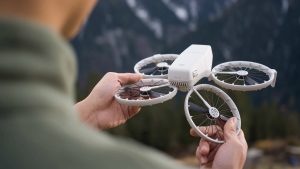

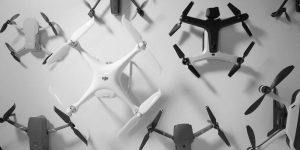


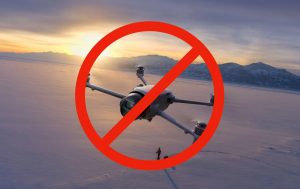
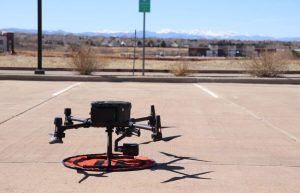

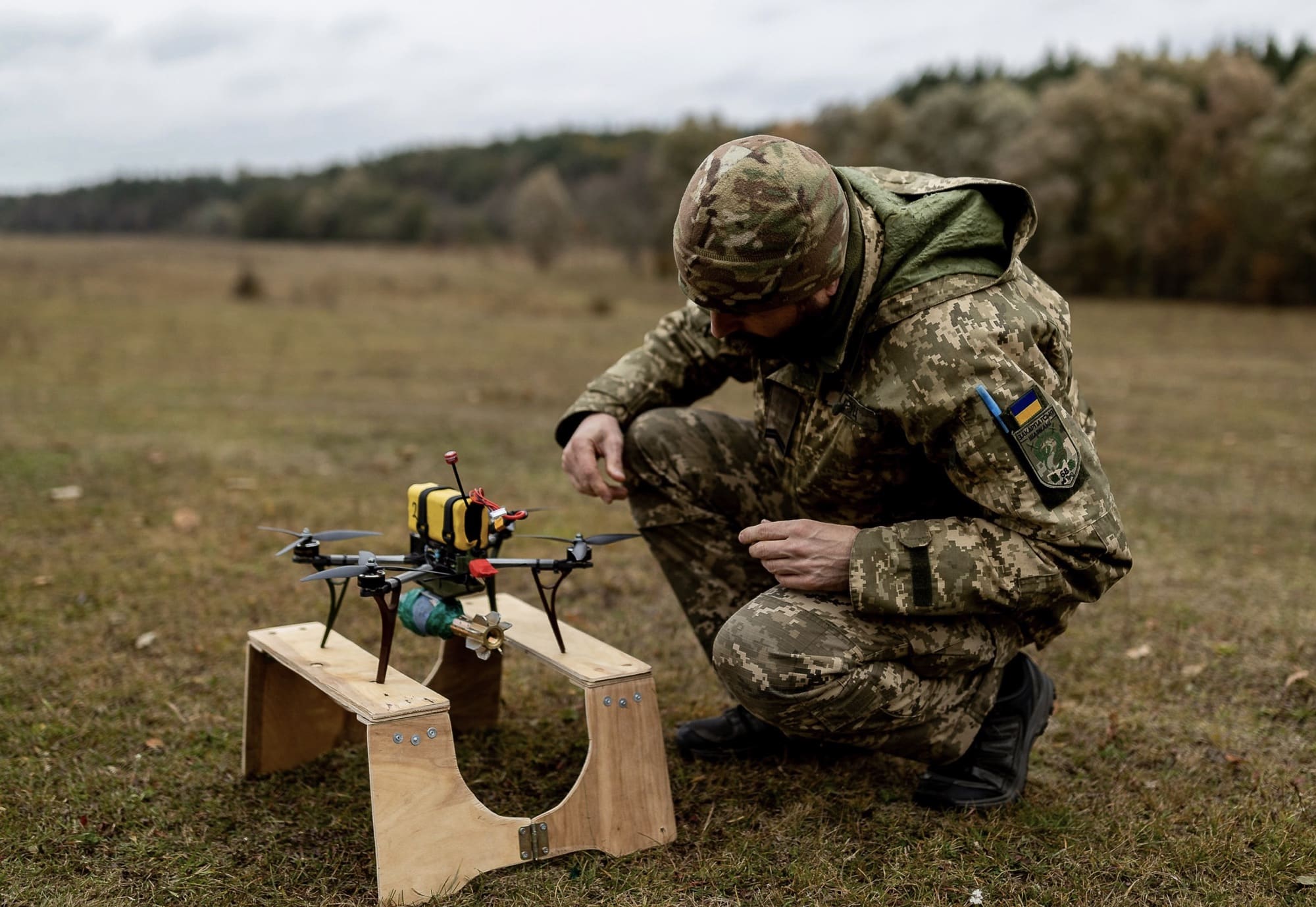
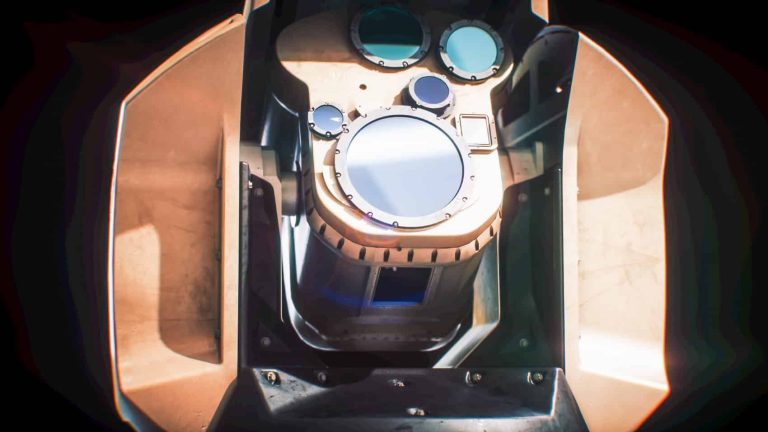
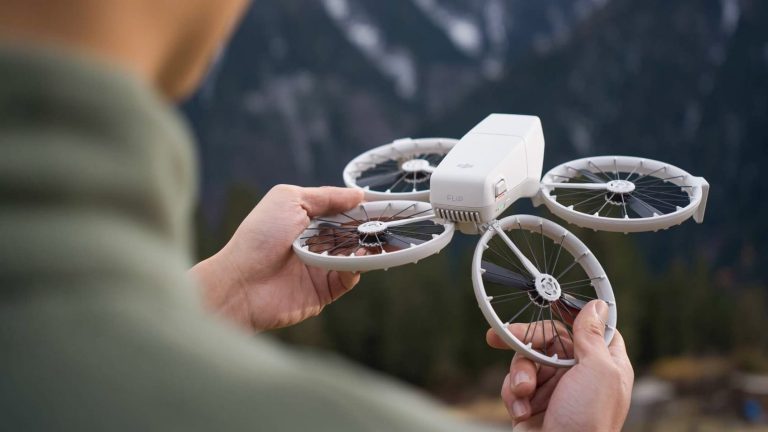
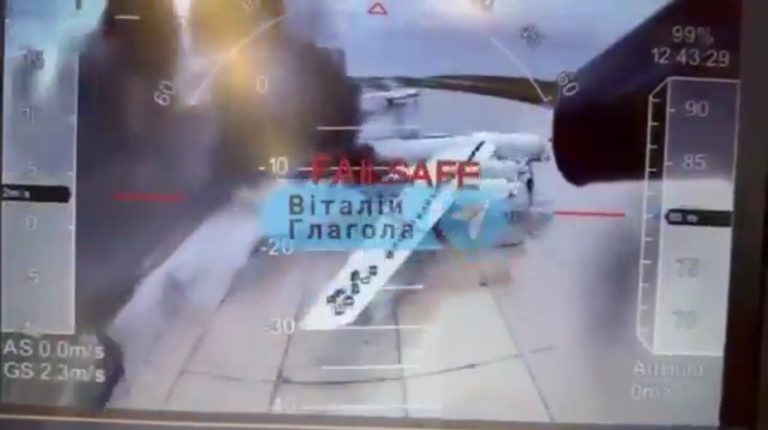


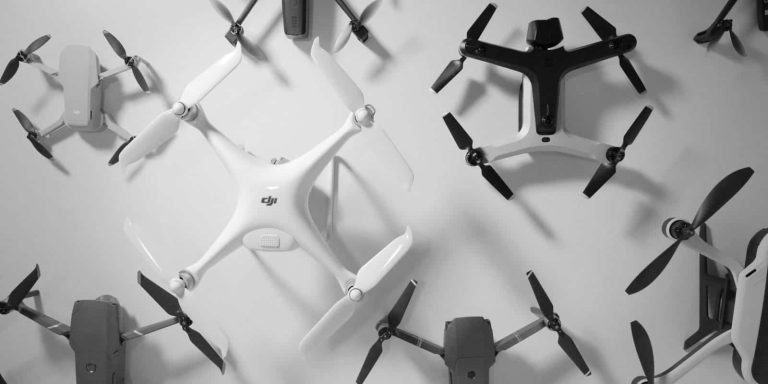


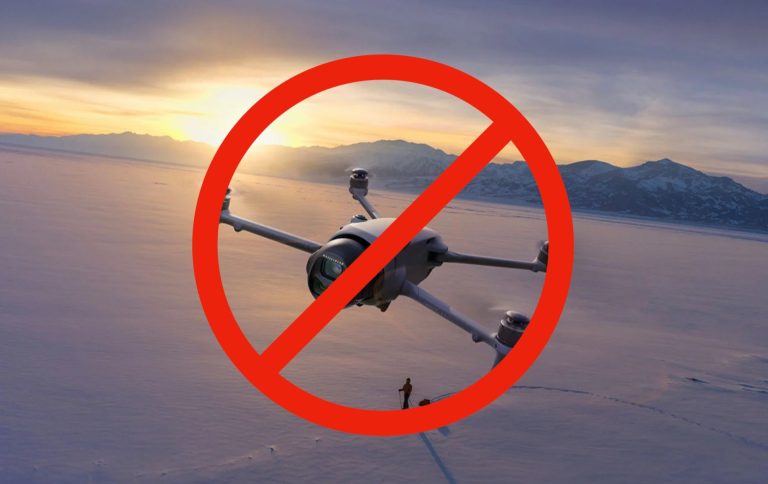
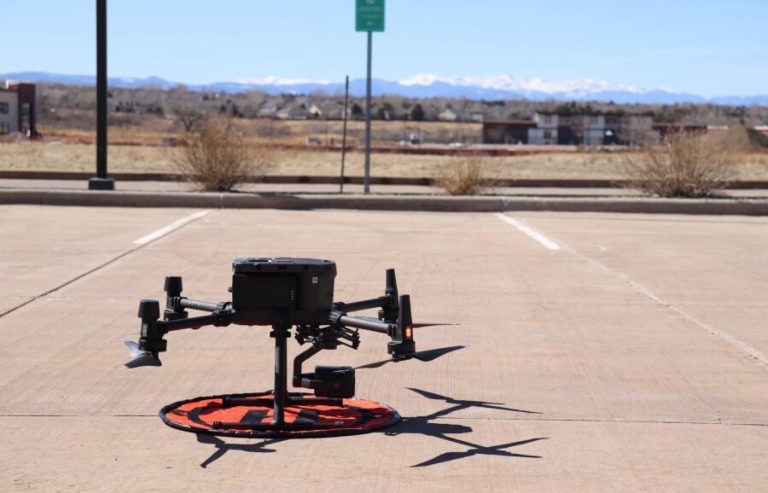
+ There are no comments
Add yours